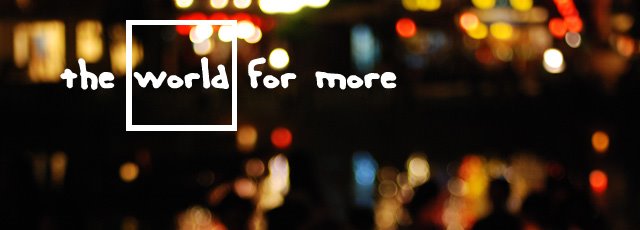
Through light reflecting into the irises of two hazel-colored eyes, a reality, or aesthetic realization rather, begins to set in; it is difficult to describe what exactly is happening at first from the sheer awe of the senses—rays of sunlight drift through heavy cumulous clouds converging over the tops of the mountains in the distance. Multistoried structures, some homes, others lodgings, along with tour agencies and restaurants neighbor fields where various sorts of agriculture are grown—this is something that may be close to that state of visual perfection if it were to exist. There is one factor missing from the equation, however, and that is the simple question of who owns the life that happens here.
“So, I take it that you enjoy the photograph? It was a panorama taken from the vantage point of the rooftop of a hotel during a study trip to Sa Pa a year ago. I figured that a sepia tone would do this scene justice to convey a sense of past antiquity—in that what was in that one moment will never be as it was again.”
“Yeah, I never realized the beauty of a space, to generalize the objective into subjective terms, could be something like this—an ideal almost. There is one thing that has itching at the front of my mind since my eyes caught sight of this photo—the life there, at that very moment, could you tell me about it?”
“I take it that you are familiar with the terms, worker, landowner, and capitalist—all words common within the ideology of Communism, the political practice which the nation of Viet Nam was purportedly operating under at the time. The simple fact of the matter during that time was that the workers consisted of some of the ethnic local people, but the city itself was overrun by the non-local majority ethnic Kinh majority who preferred to hire their own. When I use the word some, I mean to say that these local ethnics were self-employed for the most part—that is to say that the women and children roamed the streets during the day to sell trinkets and some cultural artifacts produced for tourists, while the men loomed on street corner motorbikes. Similarly, it may have been the case that the land was no longer owned by the local people, but instead by the system of government legitimized by the region’s peoples because of the belief that equality and fairness would soon displace the hardships which they faced in their past necessary nomadic lives. In the same vein, businesses in the area are owned by the same non-local majority ethnic group, who may control the economic means of subsistence for those surviving under the universal monetary system—cultural hegemony, or perhaps even reverting to the stage of capitalism as one might call it.”
“From your explanation, the local ethnic populations in that time seemed to have lived under a system of false ethics wherein their individual human statuses and dignities have been altered based on an interpretation through the philosophy of Humanism. For it would be rational to assume from what information I have obtained from you that the life course of these people is determined by the social and economic policies of the few within the nation’s political society. In this sense, a lack of self-determination exists—therefore universal morality, if it exists, has not been applied equally to the native peoples of this area. You just mentioned that these peoples were nomadic prior to living their coerced, nearer to the present, sedentary lifestyles; this may suggest the loss of mobility on their part. Therefore, this entails a strain on knowledge acquisition—that is to say, their past beliefs of right and wrong are no longer sustained by their individual and joint interests; for with economic dependence may come cultural dependence and alienation. In this understanding, their individual potentials are being redefined to suit the needs of the dominant force that has injected itself into their traditional society. Therefore, another question which concerns me is how humanity is defined for the people living in the region.”


No comments:
Post a Comment